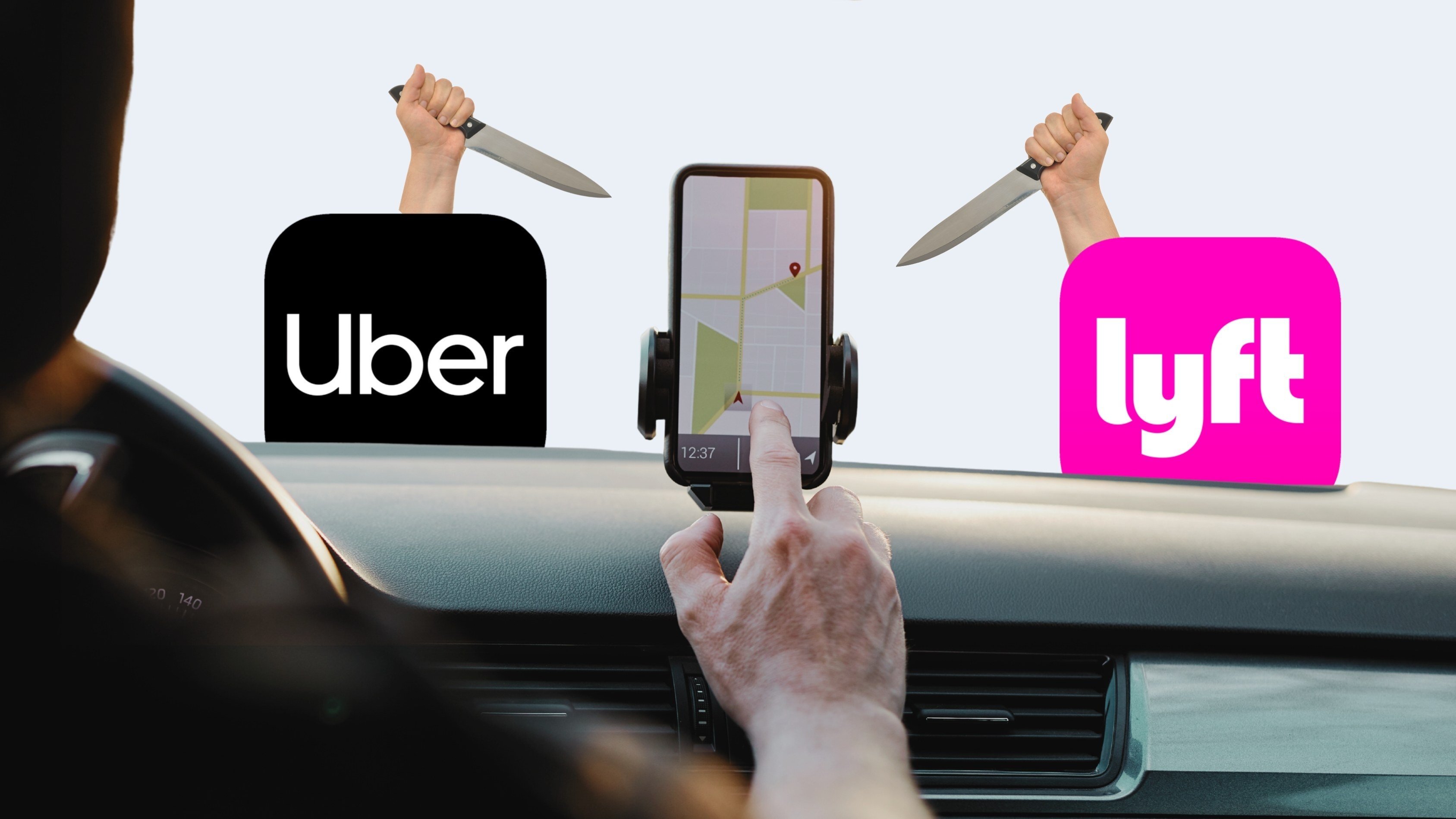
Canva’s recent round valued the design startup at $40B. Here’s how they got there.
Canva has grown from humble origins to a $40B design powerhouse, and one of Adobe’s fiercest competitors.
Published:
Updated:
Need the full story?
Sign up for The Hustle to get the business world's wildest stories delivered daily. This one's on us.
Related Articles
-

-
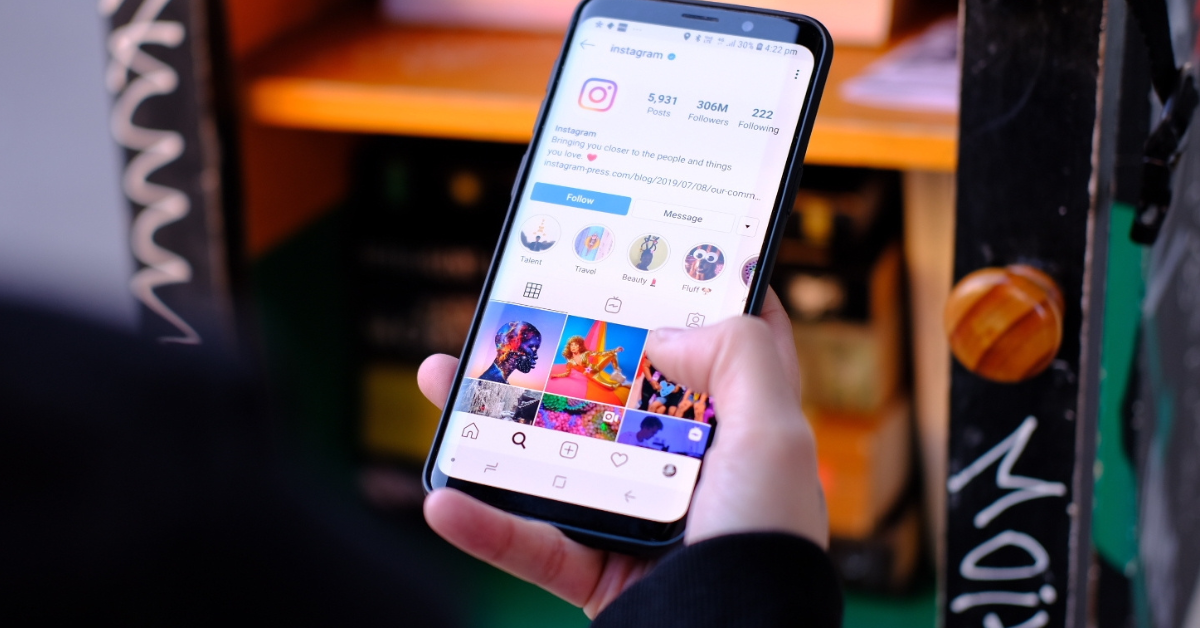
Would you pay to get your Instagram account back?
-
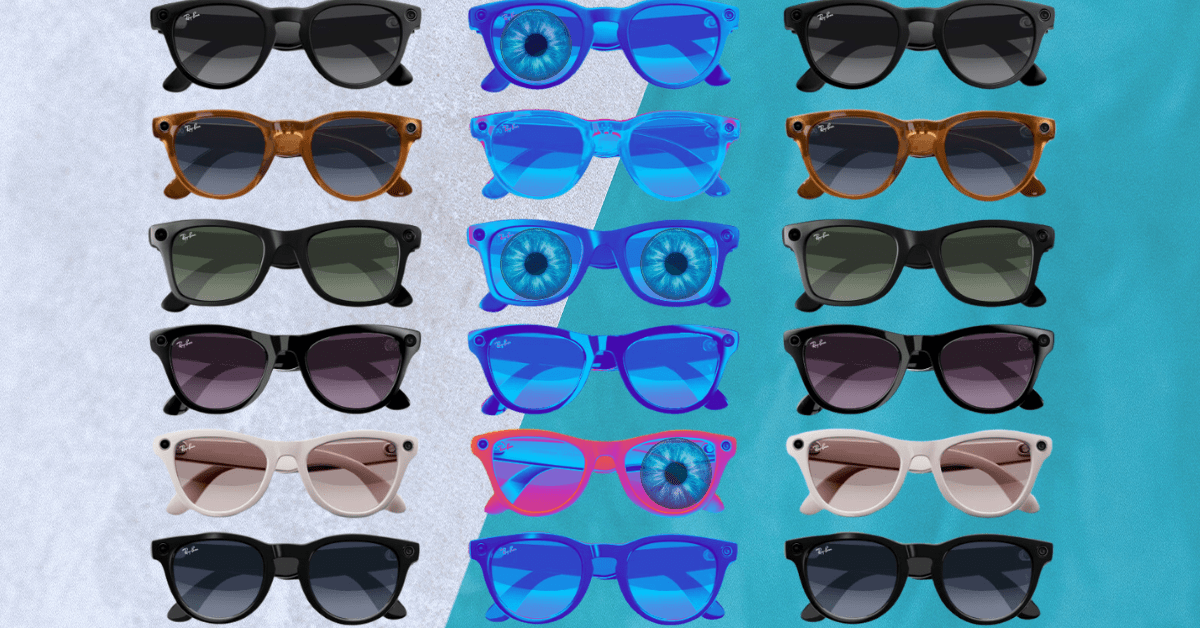
Is it finally time for smart glasses?
-

What if your TV knew you were sad?
-

Can VR make you care about nature?
-

Alphabet’s innovation lab will solve humanity’s biggest problems, if others help foot the bill
-
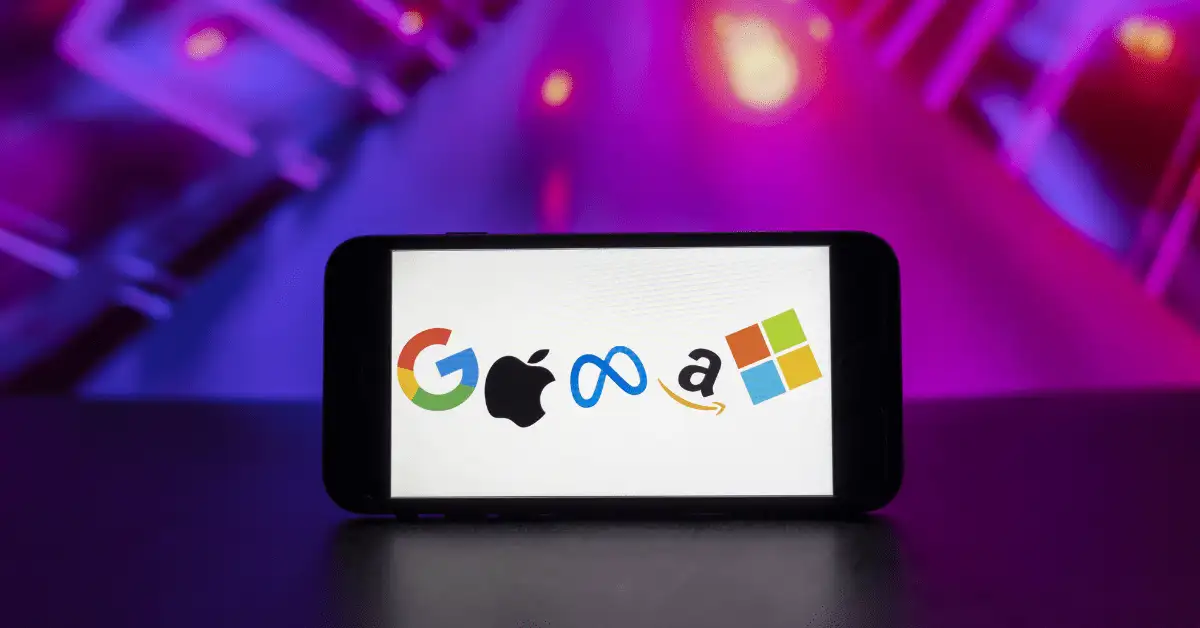
Big Tech power rankings: Where the 5 giants stand to start 2024
-

The government can read your push notifications
-
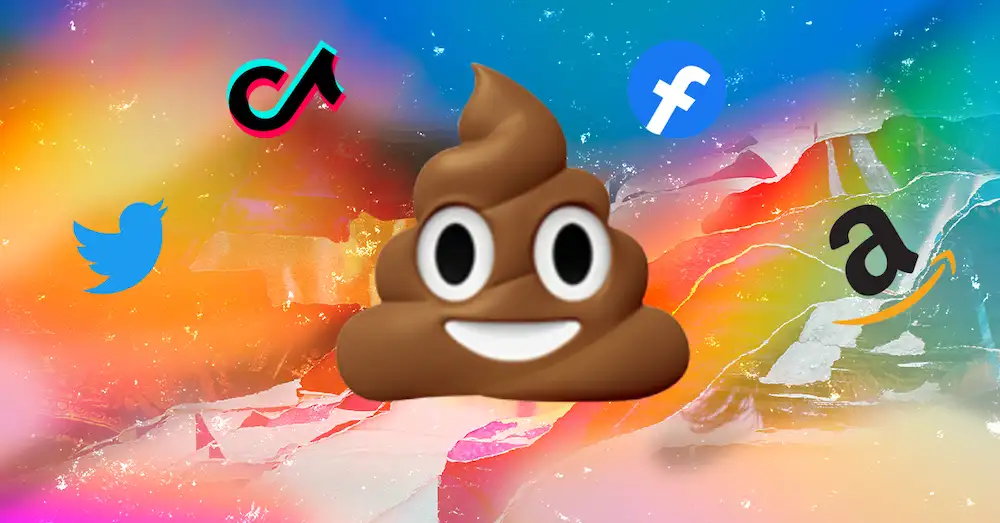
Enshittification just keeps happening
-
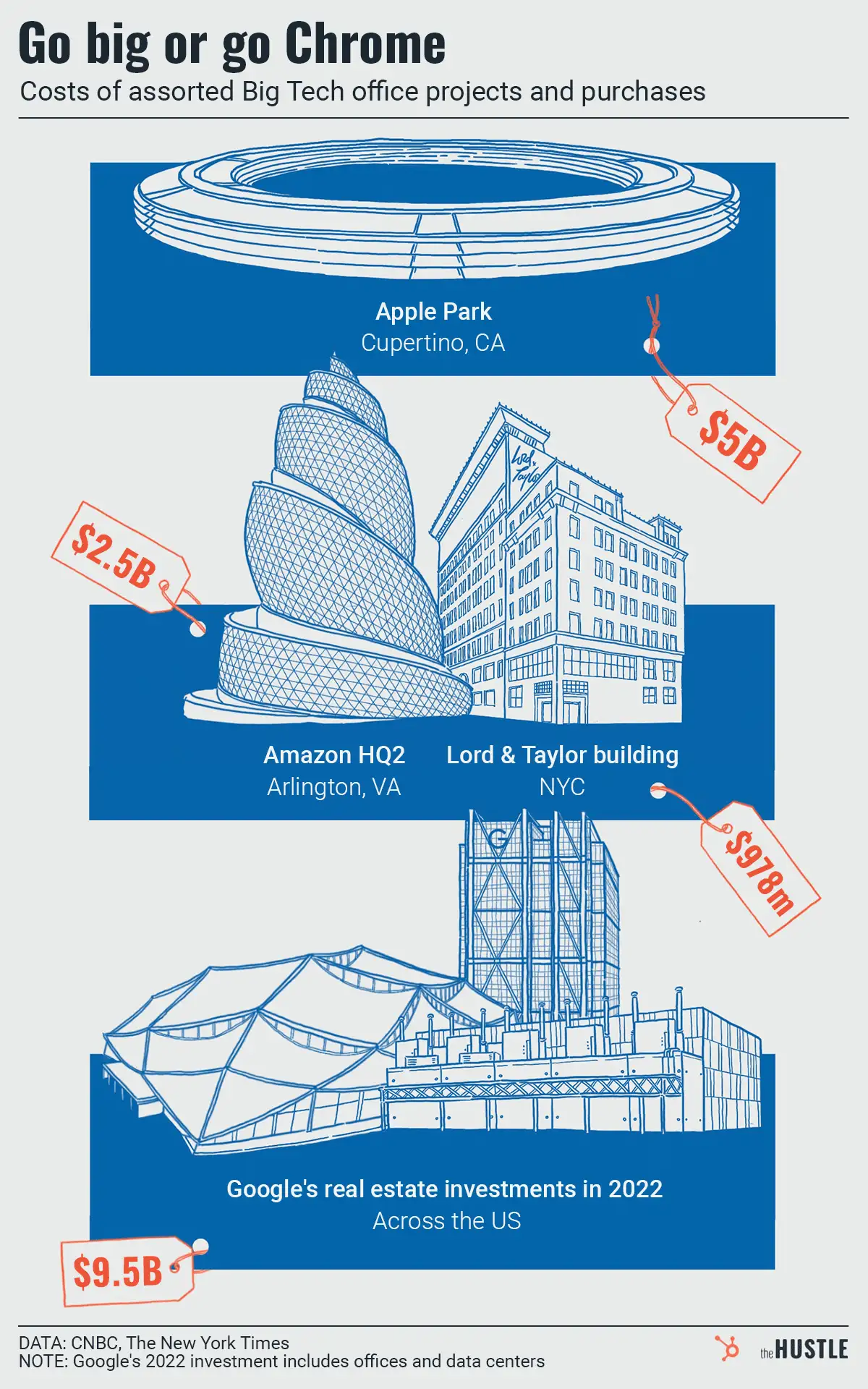
After years of building pricey playgrounds, Big Tech recalibrates


